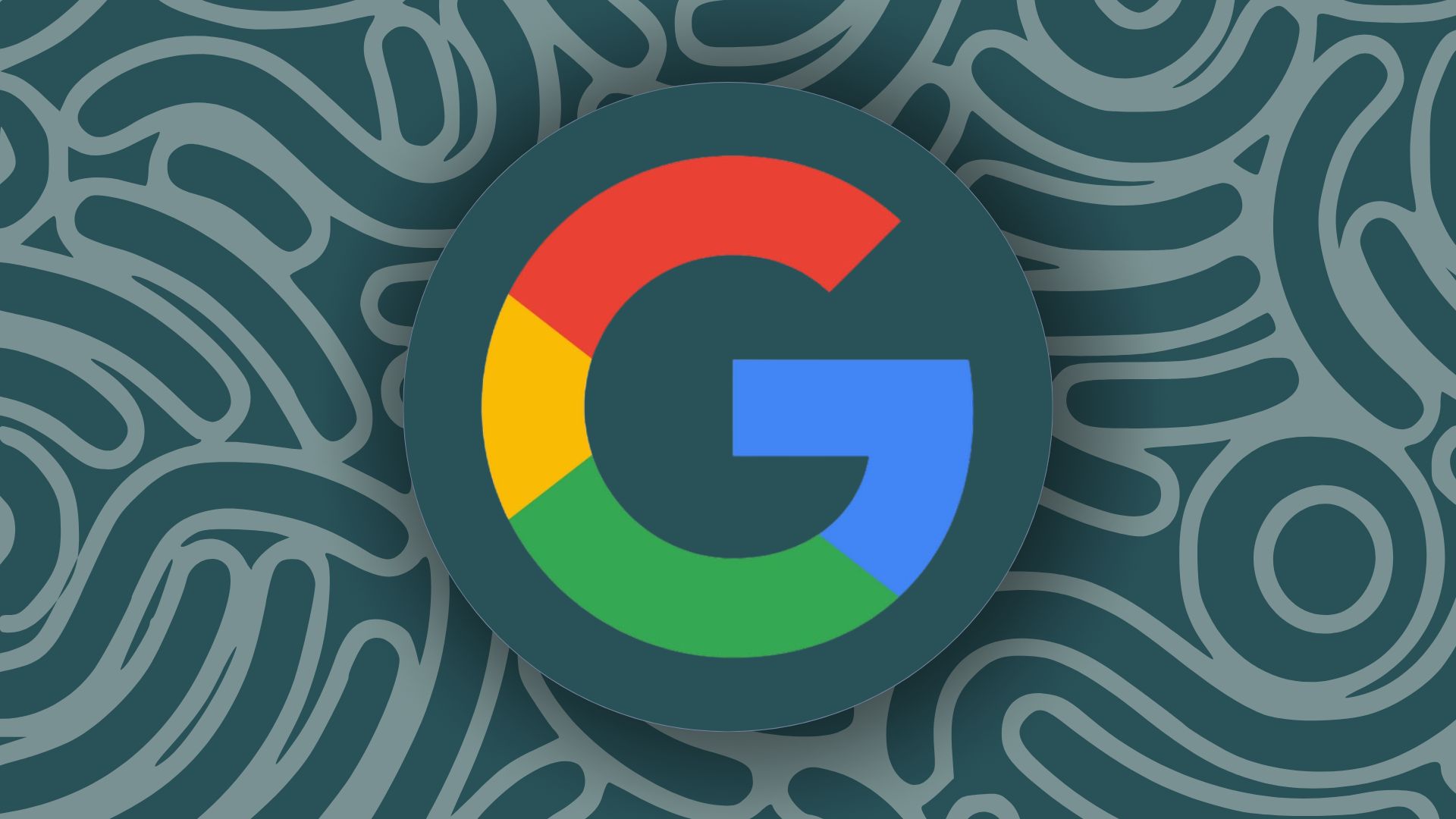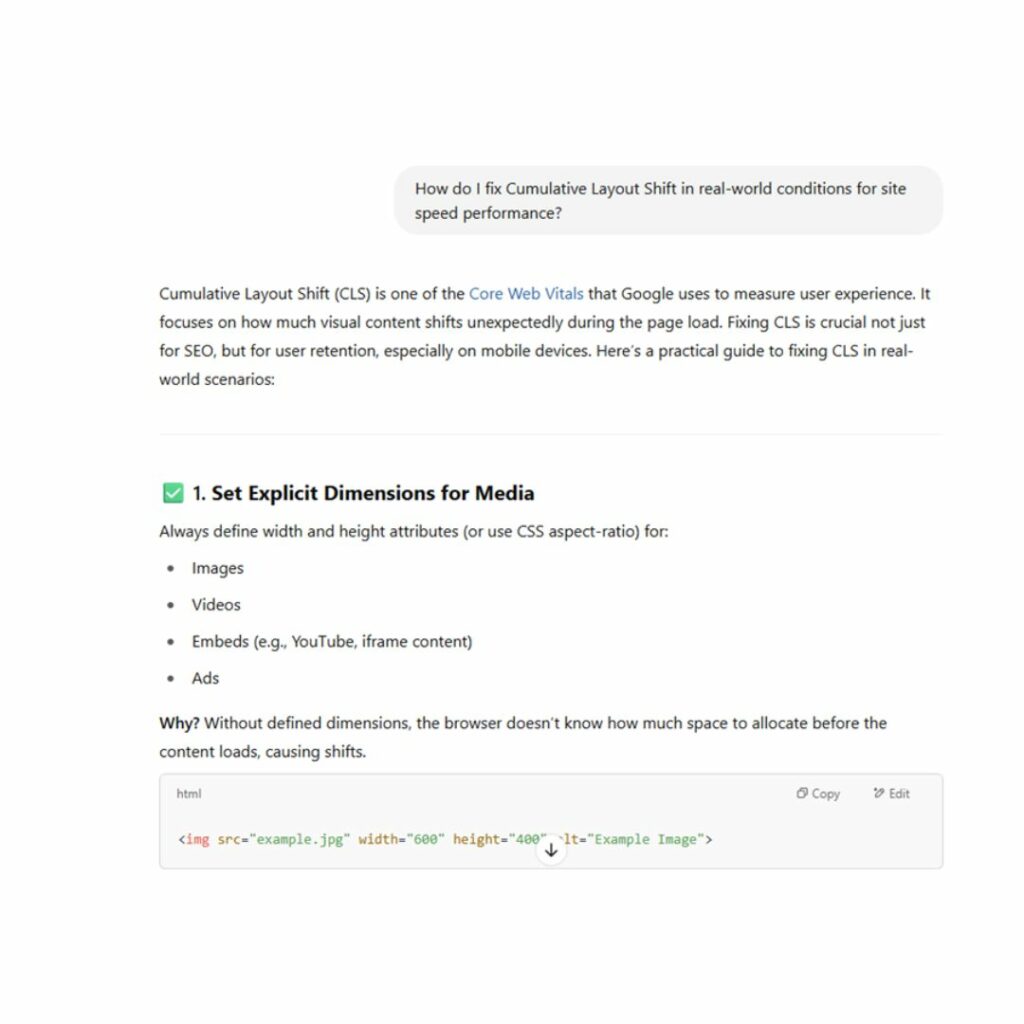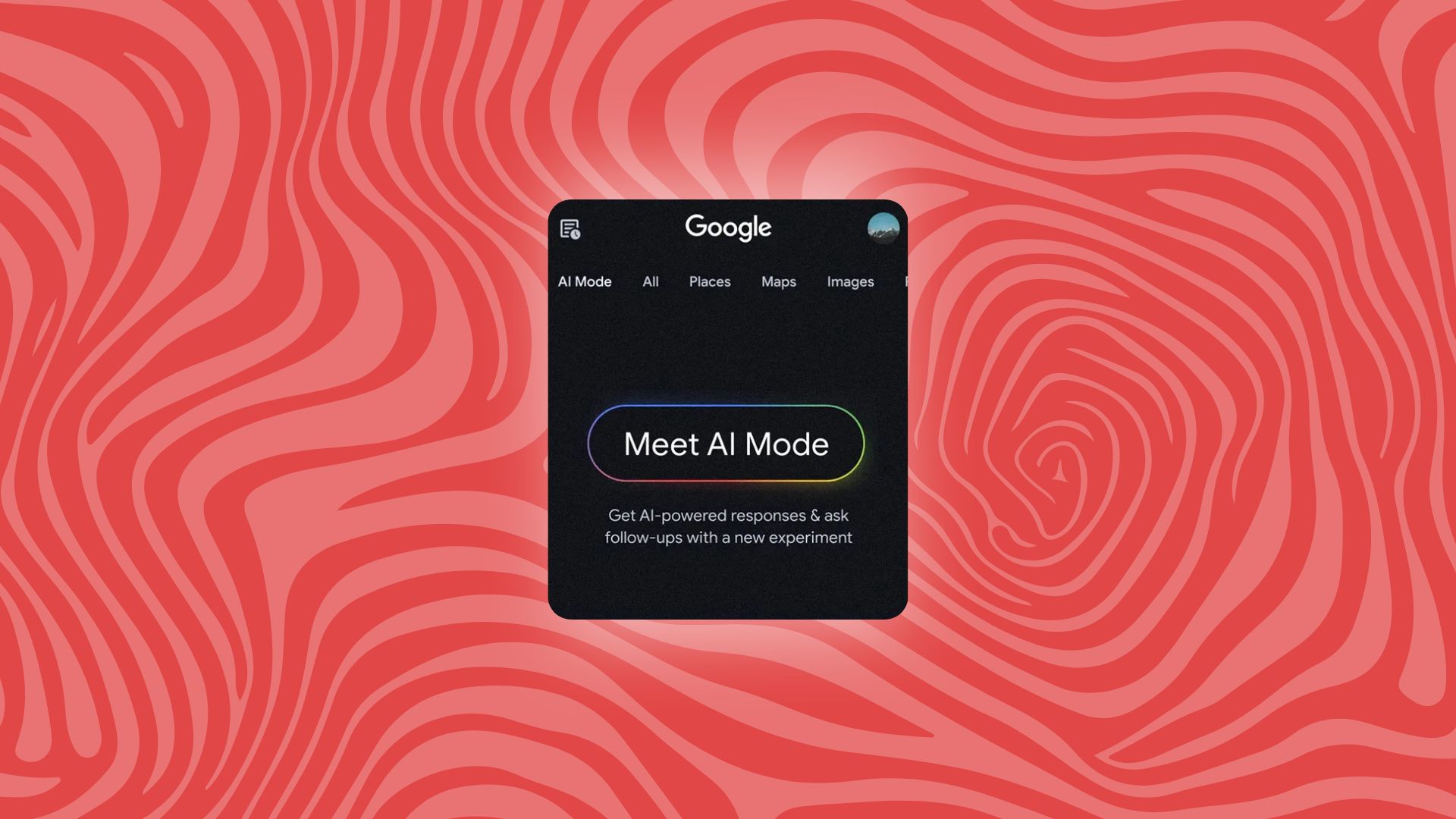
Google’s Web Guide AI Experiment
July 25, 2025 Posted by Matthew Widdop Round-Up 0 thoughts on “Google’s Web Guide AI Experiment”Google Search Labs, Google’s AI experimental testing ground, has announced plans to test out Web Guide, an AI-organised search engine results page experience.
How does Web Guide work?
Web Guide is a search engine results page (SERP) that uses AI to group content and reorganise the SERP making it easier to find information or links based on specific aspects of users queries.
Here’s what Google had to say,
“Web Guide groups web links in helpful ways — like pages related to specific aspects of your query. Under the hood, Web Guide uses a custom version of Gemini to better understand both a search query and content on the web, creating more powerful search capabilities that better surface web pages you may not have previously discovered. Similar to AI Mode, Web Guide uses a query fan-out technique, concurrently issuing multiple related searches to identify the most relevant results.”
You can see examples of how Web Guide will look in Google’s latest announcement.
What does this mean for Marketers
As for now, Web Guides is only an experiment, but should it one day be live on the SERP. It could play a dramatic role in SEO and potentially see a renewed surge in site visits, which have been gradually declining since the introduction of AI Overviews. A recent study from Pew found that users clicked on a traditional result in just 8% of searches with an AI summary which is down from 15% on traditional SERP pages.
However, if Google starts to begin grouping together multiple different content types to target different aspects of search queries, this could see an opportunity for more sites to appear higher up the SERP; appearing for queries that they wouldn’t typically have appeared for on traditional or AI Overview SERP pages, seeing a rise in click through rate (CTR).
Alternatively, some users may be reluctant to embrace more AI adaptations on the SERP, as AI Overviews has already seen a decline in site visits for many businesses. One thing is for certain, the Google landscape is rapidly changing and those sites adopting the latest SEO techniques, creating informative content and staying abreast of all the latest changes on the SERP, will be increasingly likely to reap the benefits.














